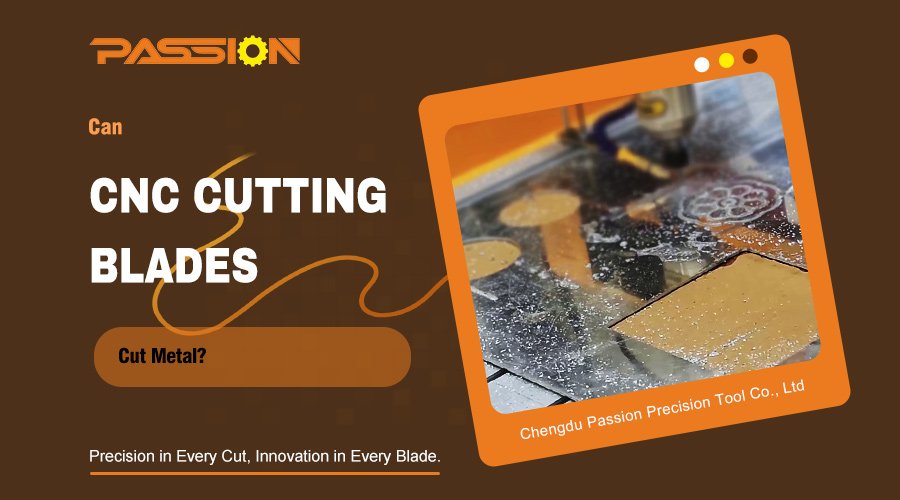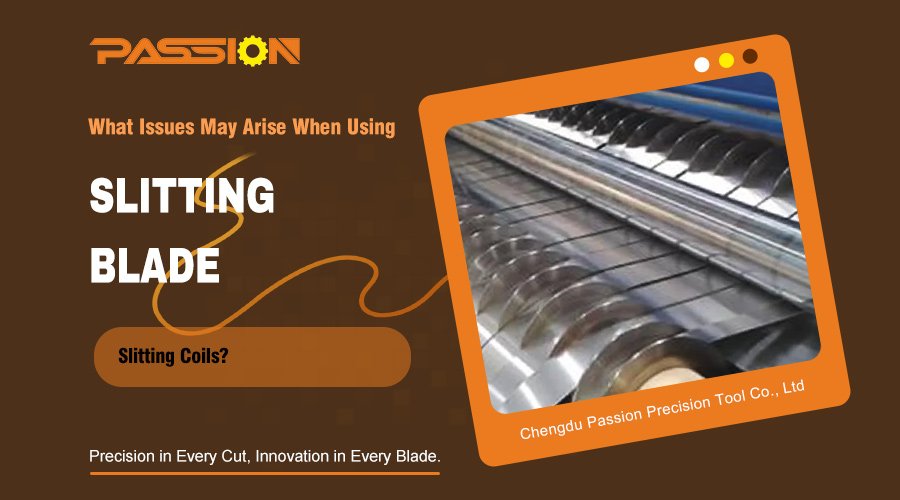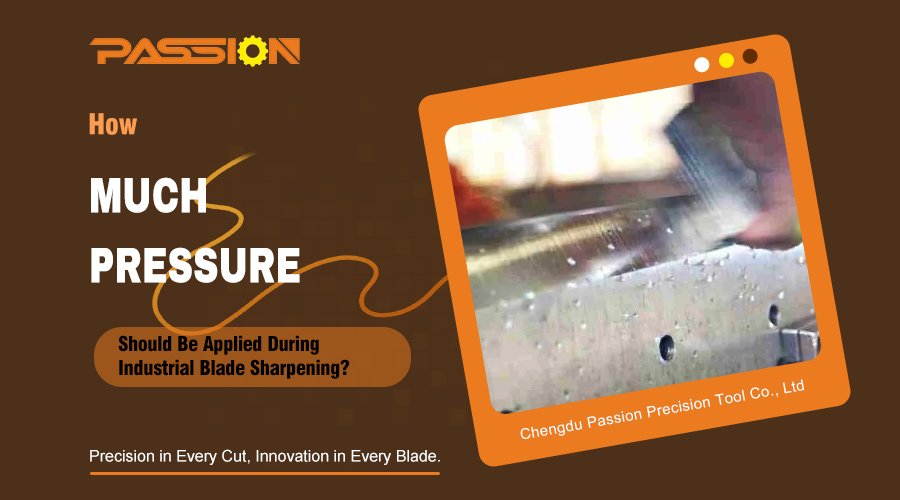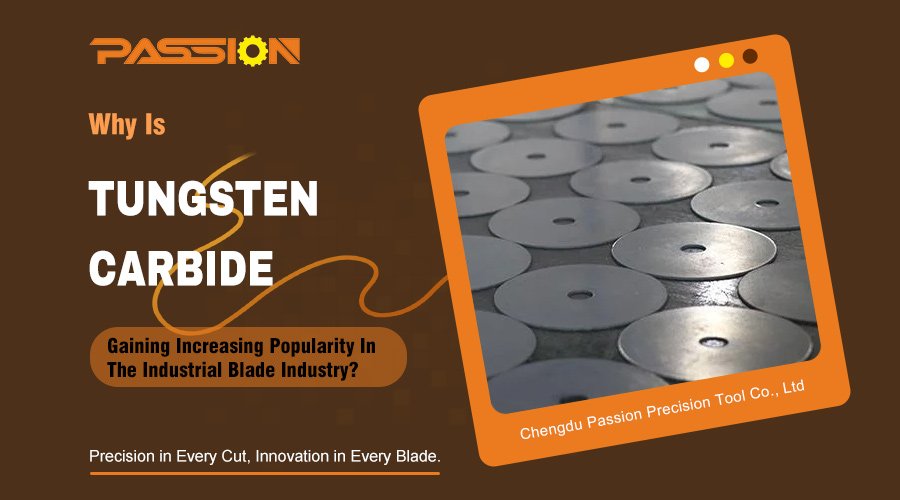Selecting the right blade material is crucial for optimizing your industrial cutting processes. There are two popular options: HSS (High-Speed Steel) blades and carbide blades. Each has its own advantages and disadvantages. Knowing the difference can help you make an informed choice for your specific cutting tasks.
The main difference between HSS (High-Speed Steel) blades and carbide blades is the material they’re made from and what they’re used for. HSS blades are super sharp and are good for short manufacturing runs because they’re cheap. They’re great for fine cuts. Carbide blades aren’t as sharp, but they last a lot longer, can handle higher temperatures, and can cut through tougher stuff. That makes them perfect for heavy-duty jobs where you need the blade to last and you need to cut through some tough stuff.
Choosing between HSS and carbide blades depends on what you’re cutting, your budget, and how long you want the blade to last.
I’ll explain the differences between HSS blades and carbide blades in more detail in this article. I’ll also tell you how to choose the right blade for your needs.
Is HSS Sharper Than Carbide?
Yes, HSS blades are generally sharper than carbide blades. This sharpness allows HSS blades to make cleaner, more precise cuts, which makes them great for things like fine woodworking or cutting softer metals. HSS blades are also cheaper, so they’re a good option for shorter manufacturing runs where you don’t have to worry about replacing the blade as often.
But, while HSS blades are sharper, they also dull faster than carbide blades. That means if you’re doing a lot of cutting or cutting something really tough, you might have to sharpen or replace the blade more often, which could cost you more money and time.
What Is An Advantage Of Carbide Cutters Over High-Speed Steel (HSS)?
Carbide blades have a few advantages over HSS blades, especially when it comes to how long they last and how they perform in tough conditions. One of the big advantages of carbide is that it’s hard. That hardness means carbide blades don’t wear out as fast as HSS blades. They stay sharp longer, even when you’re cutting tougher stuff.
Another big advantage of carbide is that it can handle higher temperatures. That means you can use carbide blades in applications where you’re cutting really fast and making a lot of heat, and the blade won’t lose its edge. Carbide blades are also less likely to chip and can handle the toughest materials, including hard metals, composites, and even abrasive materials that would wear out HSS blades really fast.
What Are HSS Blades Used For?
HSS blades are used in applications where you need a really sharp edge and high precision. They’re used to cut hard metals like mild steel and stainless steel, but they’re also good for softer metals like aluminum and copper. HSS blades are great for jobs where you need a really clean, smooth finish.
In industries where you do a lot of short production runs, HSS blades are often the blade of choice because they’re cheaper. They’re also good when you’re cutting something that doesn’t get really hot and wear out the blade quickly.
What Is A Carbide Blade Good For?
Carbide blades are really versatile and can cut a lot of different stuff, which is why they’re so popular across different industries. They can cut everything from wood, plastics, and composites to steel, aluminum, and other hard metals.
Because carbide blades don’t wear out as fast and can handle high temperatures, they’re used a lot in industrial settings where you want to be efficient and keep the blade cutting for a long time. They’re great for places where you’re cutting all the time and you don’t want to have to stop and change the blade.
When Should You Choose HSS Over Carbide?
While carbide blades are great, there are times when HSS blades might be a better choice. If you need a really fine cut and you need it to be really precise, an HSS blade might be the way to go because it’s sharper. If you’re cutting something that’s softer or doesn’t get really hot, an HSS blade might be a better option.
HSS blades are cheaper, so if you’re running a short production cycle or you don’t have a lot of money to spend, they can be a good choice. The upfront cost of an HSS blade is less than a carbide blade, and if you don’t need the blade to last a long time, you can get a lot of value out of an HSS blade.
Which Blade Offers Better Value For Money?
Whether HSS or carbide blades give you the best bang for your buck depends on what you need and what you’re cutting. HSS blades are cheaper upfront and are great for jobs where you need to be really precise and really sharp. If you’re doing shorter runs or cutting something that’s softer, HSS blades can be a really good value because they’re cheaper and they’re sharper.
On the other hand, carbide blades are more expensive, but they can be a better value if you’re doing a lot of cutting over a long period of time. Because they last longer and don’t wear out as fast, you don’t have to replace them as often, which can save you money on blades and keep you from having to stop and change the blade. If you’re in an industry where you need to keep cutting and be efficient, the upfront cost of a carbide blade can pay off over time.
Choosing between HSS and carbide blades really depends on what you’re cutting. HSS is usually the better choice for precision and cost, while carbide is better for durability and cutting power. Just make sure you know what you’re cutting so you can get the right blade for the job and the best bang for your buck.








